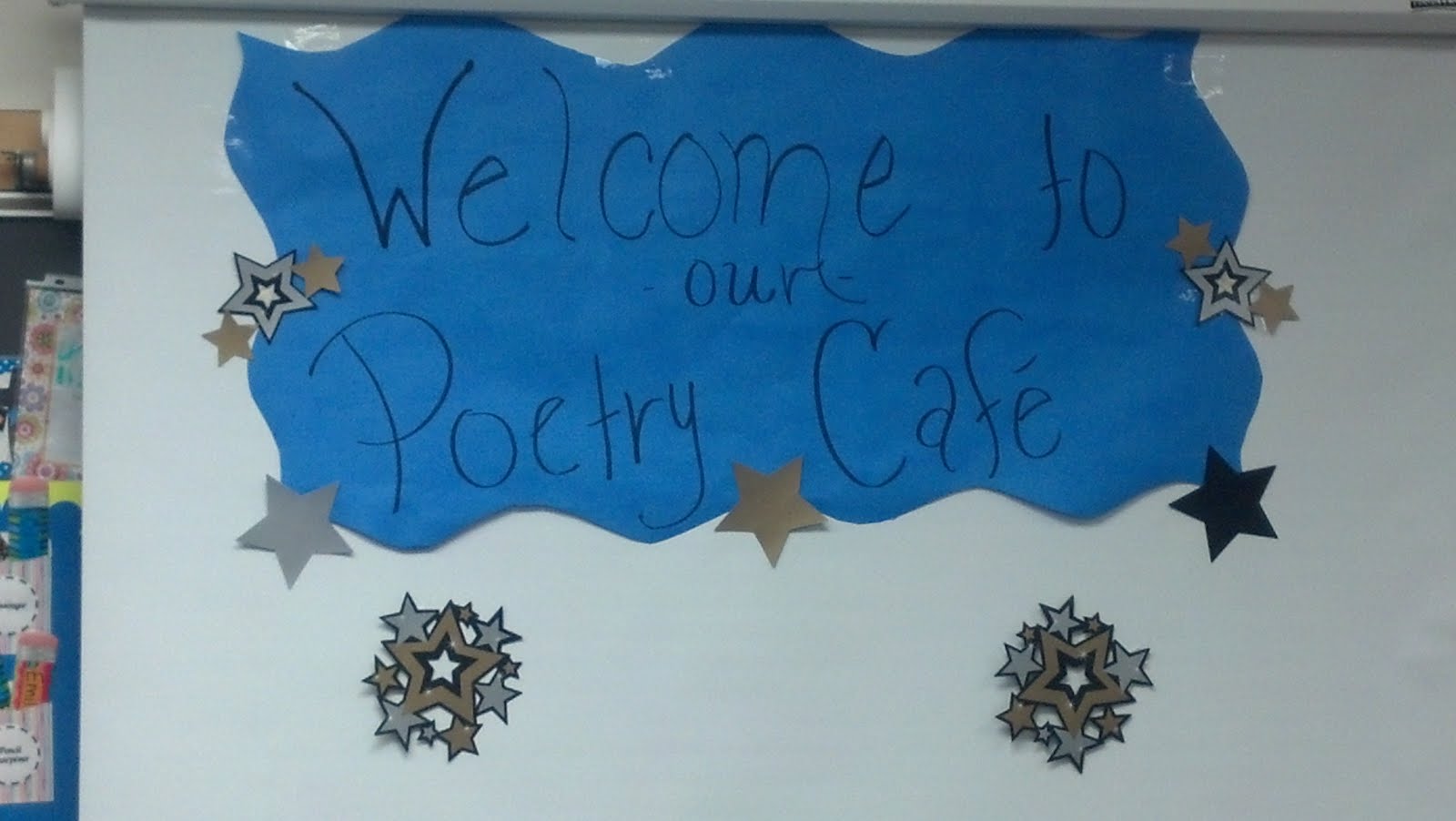Her picture book, When Louis Armstrong Taught Me Scat, came out in 2008. This month, her second book was released. Play, Louis, Play is a chapter book biography of Armstrong, told from the point of view of his first horn.
Muriel, describe the role of poetry in your work. You have published poetry for adults in literary journals. (Read one of Muriel's poems in the Cortland Review.)
Poetry is my life's blood. Poetry continues to grow in my soul. It came in a time of stress when I was getting a divorce, a million years ago ... in the Ice Age ... and I am still with it. That's w hat my marriage felt like; frozen tundra, isolated Arctic, ice floes -- so I turned to poetry. Private poems, but they saved my life.
I discovered how healthy and how important it was to write our feelings out. Then little by little, one raindrop at a time, I showed my work and was encouraged to continue. When I sent it out, VOILA! It was published.
Which poetic skills serve you well as a children's author? How did you incorporate poetry into your non-fiction biography of Louis Armstrong's early life?
Many skills in poetry serve me as a children's author. First, the wonderful metaphors, similes, the abilities to see unlike things and find a common thread. The ability to write clearly, to crystallize a point, to paint pictures, to show feelings, all of these come to play in both poetry and children's fiction.
PLAY, LOUIS, PLAY is full of poetry. In fact, poetry drives it. There are many regional types of dialogue that Louis might have with his grandma or with himself. He often talked to himself, and he was a colorful speaker. So poetry was in his soul, which poured out in music, but it was also on his tongue and I had to find that.
How and why did you decide to describe Armstrong's early life from the point of view of his first cornet? (Here is a photo of that cornet. It has been at the Smithsonian and other museums.)
The horn really held his heart. I had a phrase, but my editor felt it was too hard for kids to understand. Under the title, PLAY, LOUIS, PLAY, I had written "The Story of Satchmo Whose Heart Was in His Horn." And that explains everything.
I'll wrap up my interview with our inspiring octogenarian tomorrow.




2 comments:
Muriel, Laura, Louis -- what a bundle of inspiration! Thank you!
Thanks for stopping by, Jeannine. Inspiration is a thread that binds us to one another.
Post a Comment